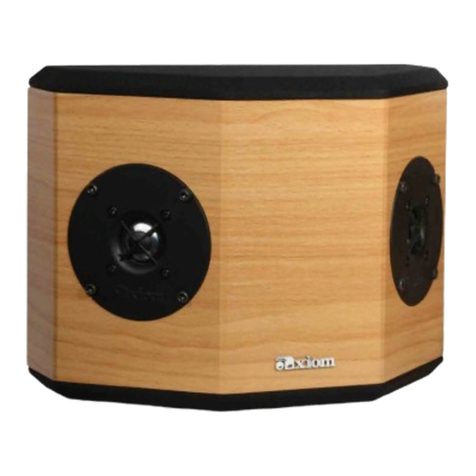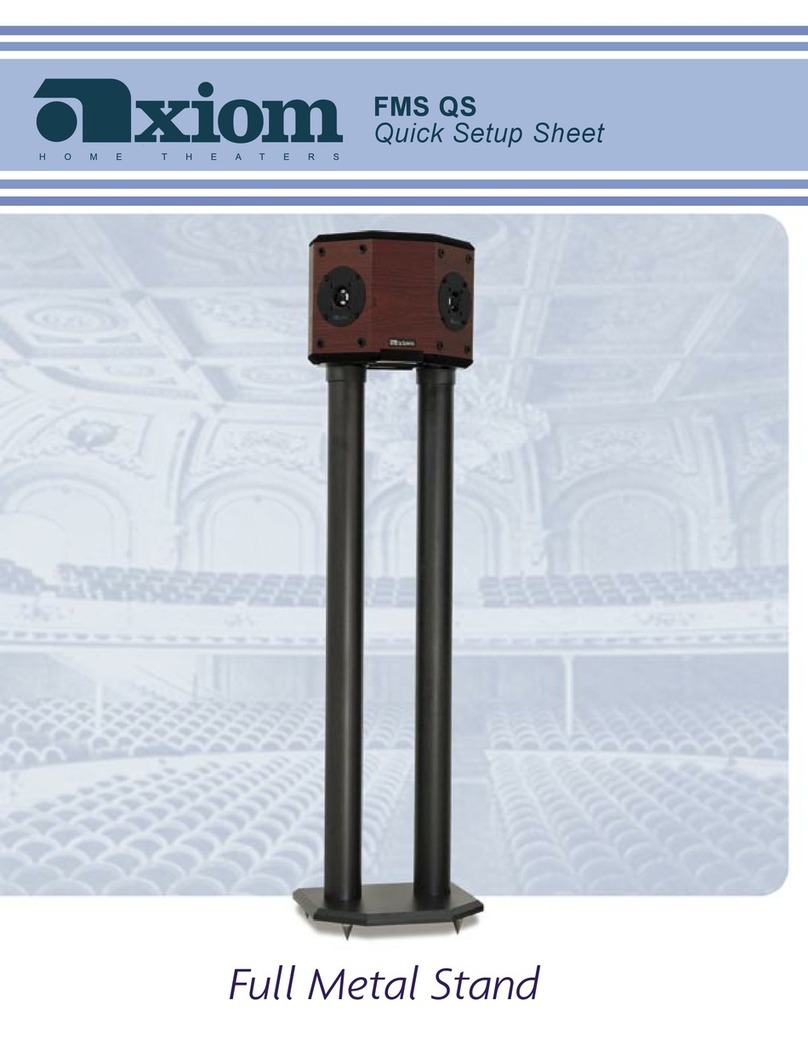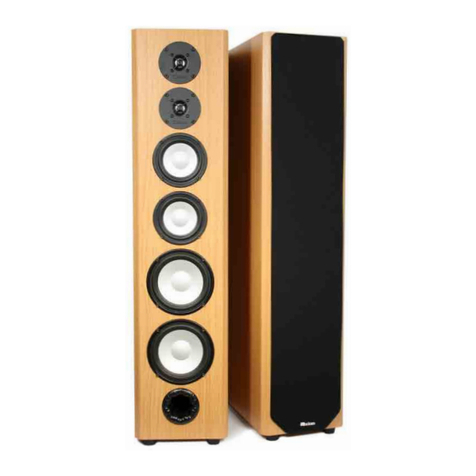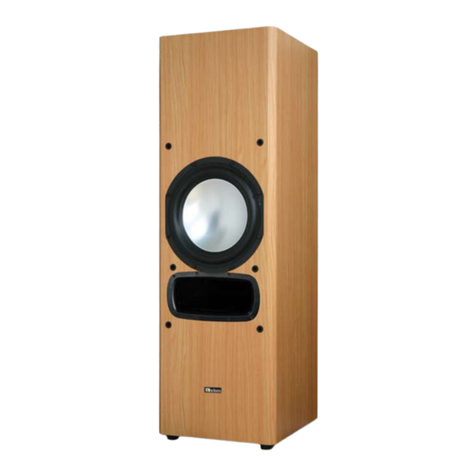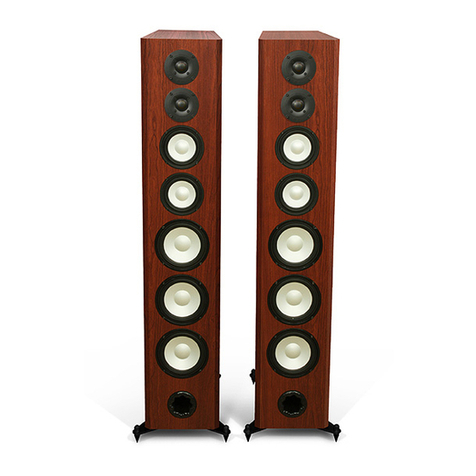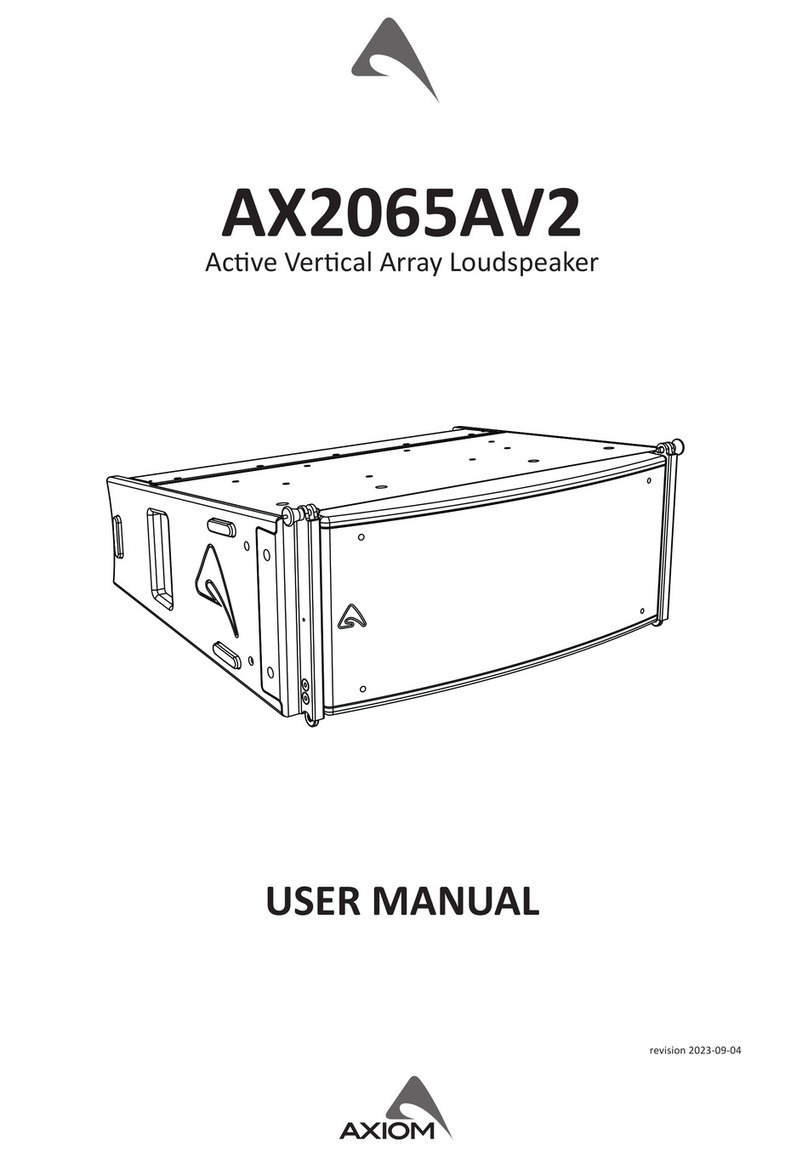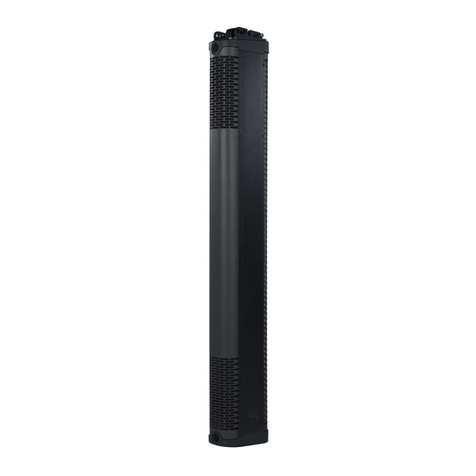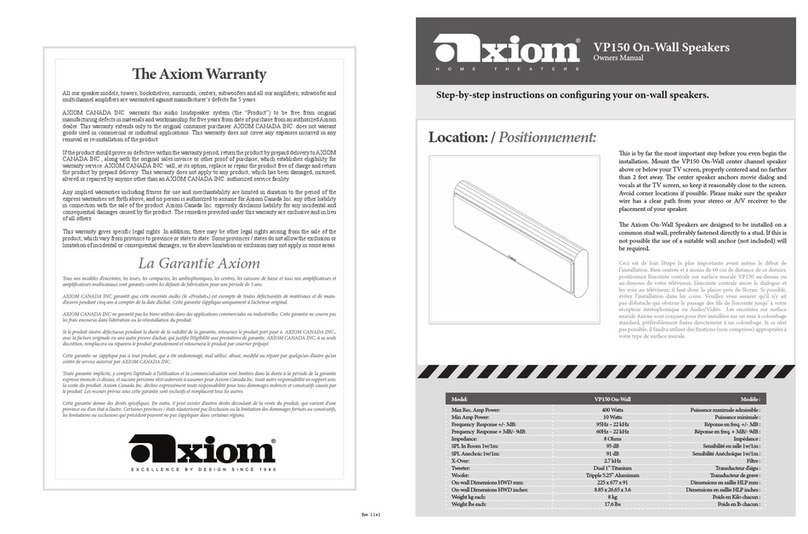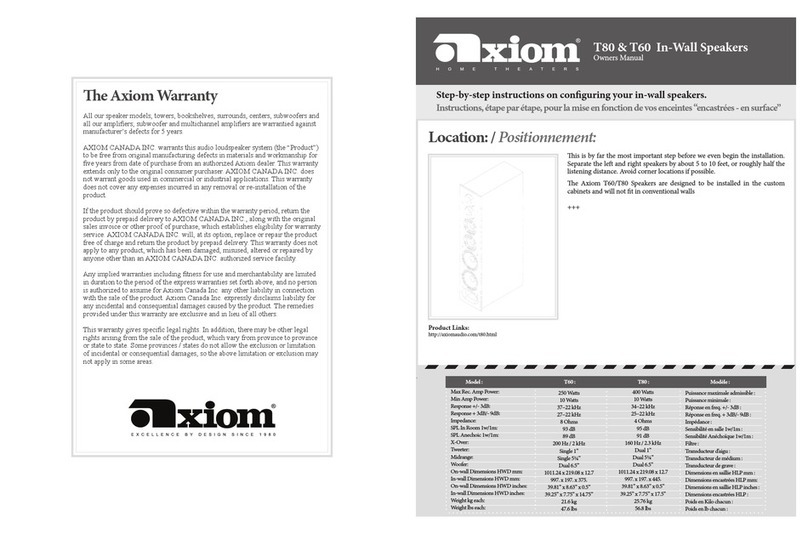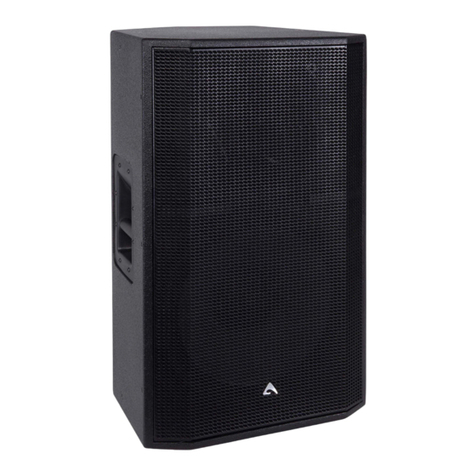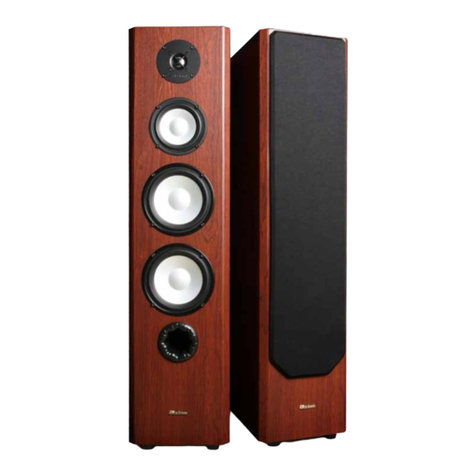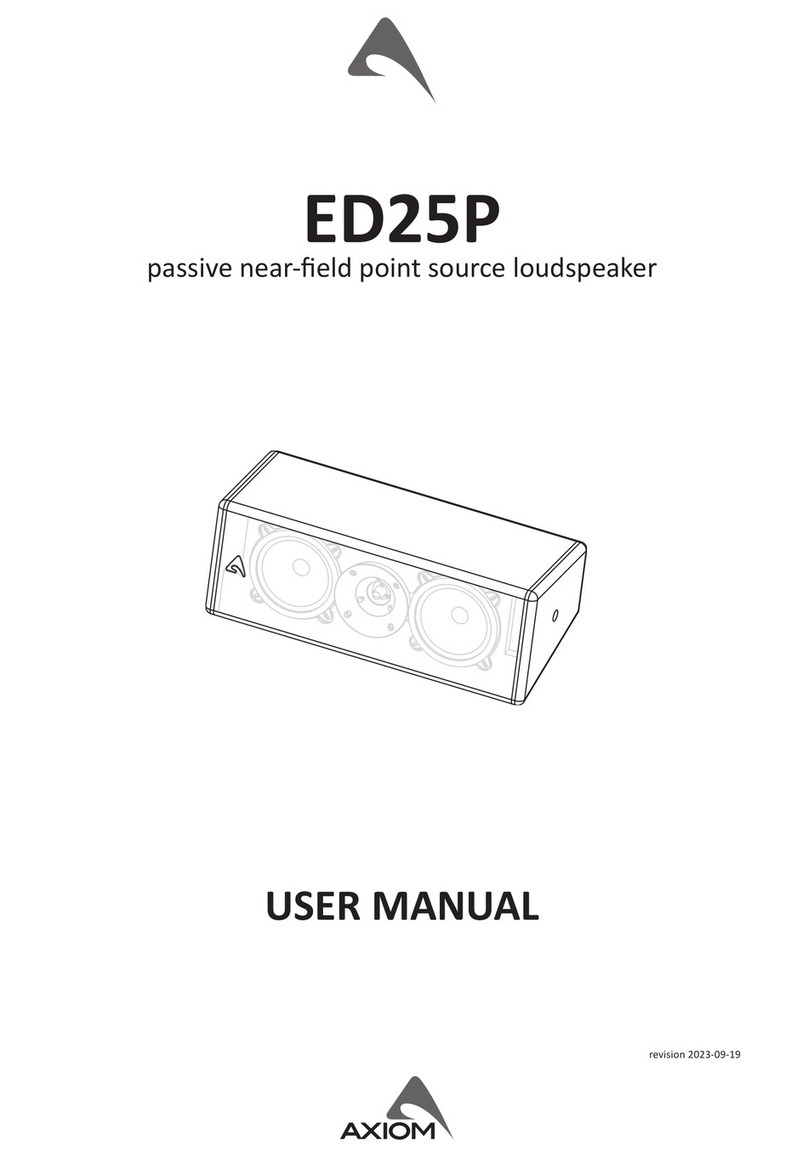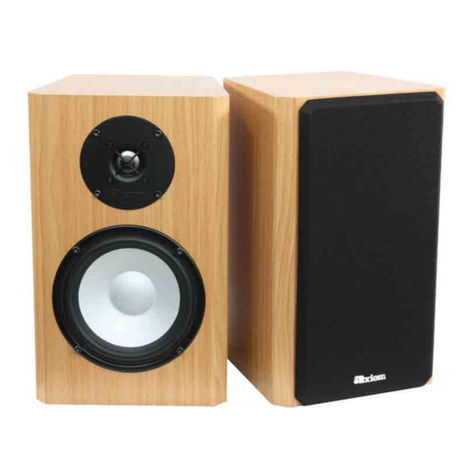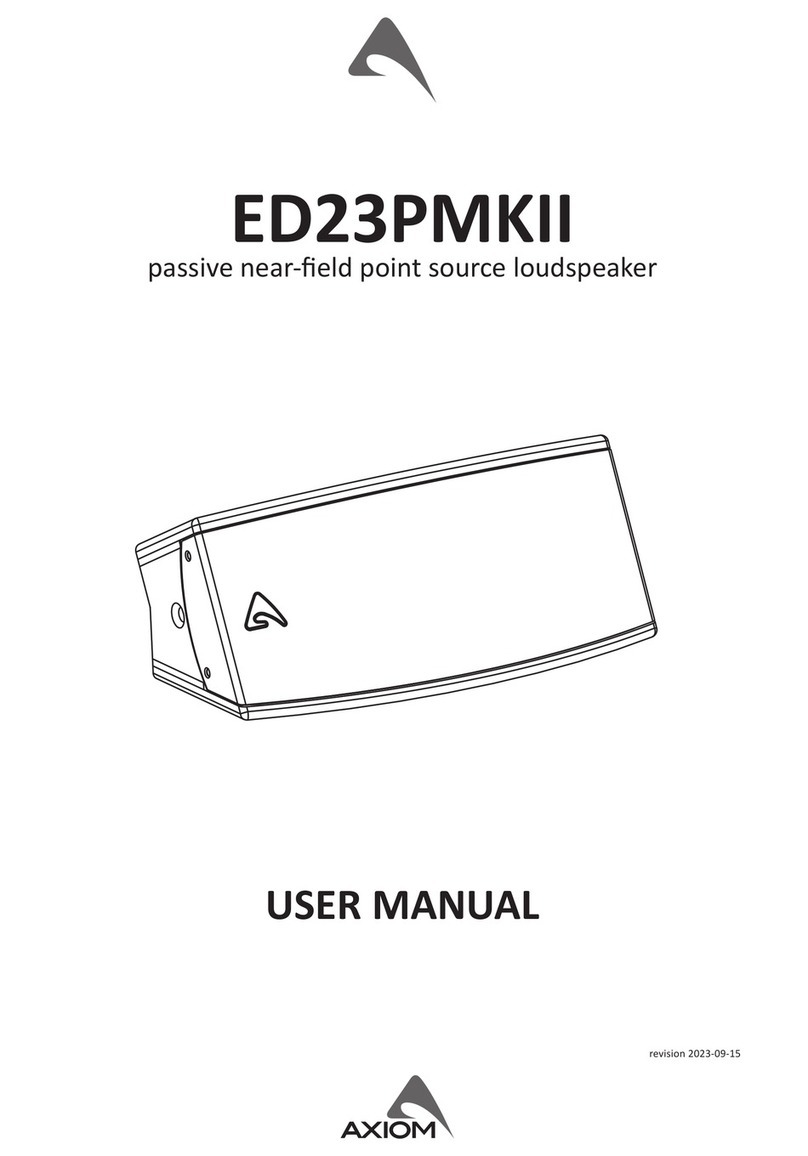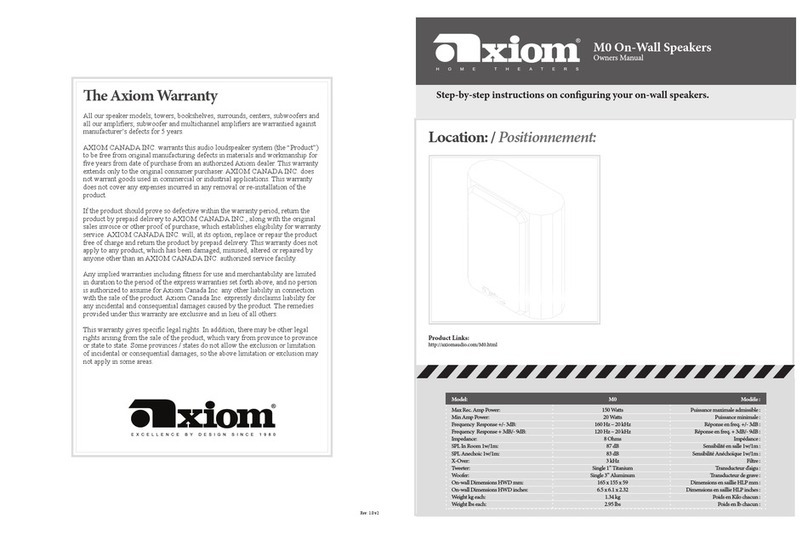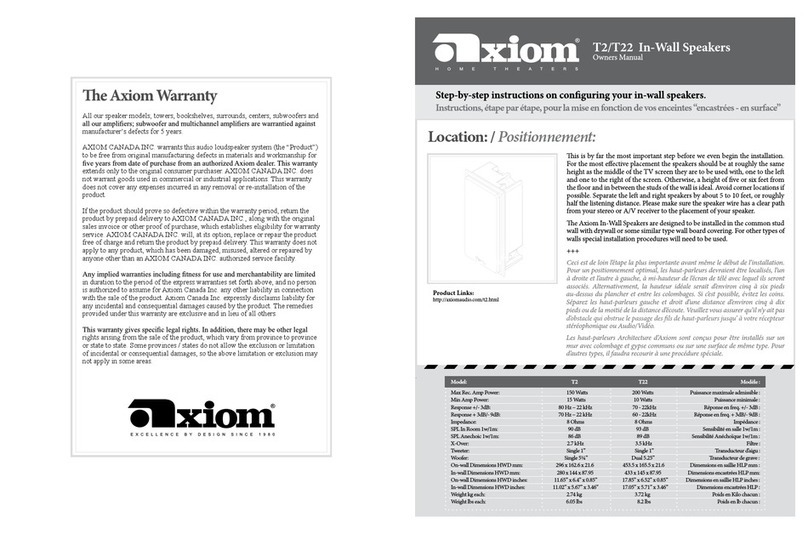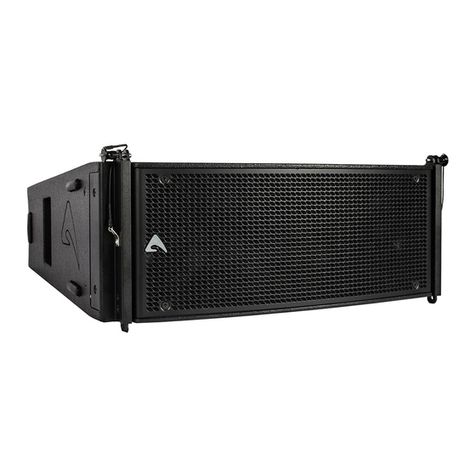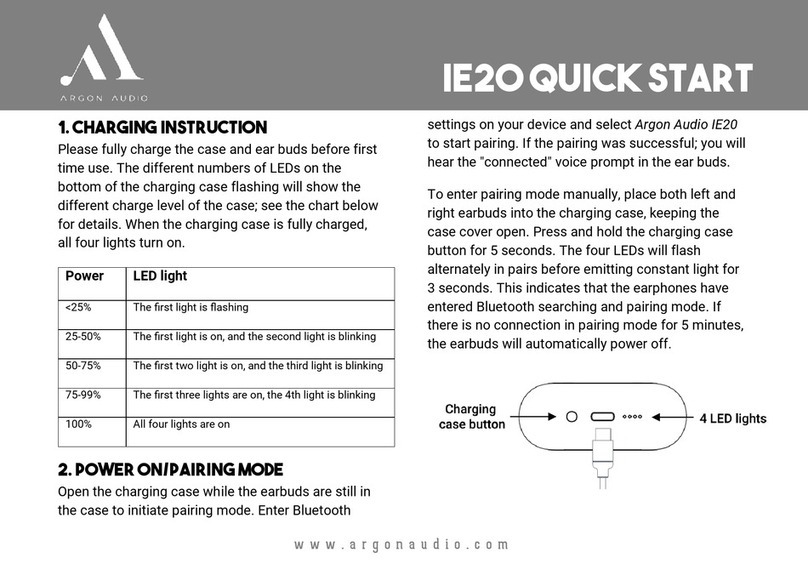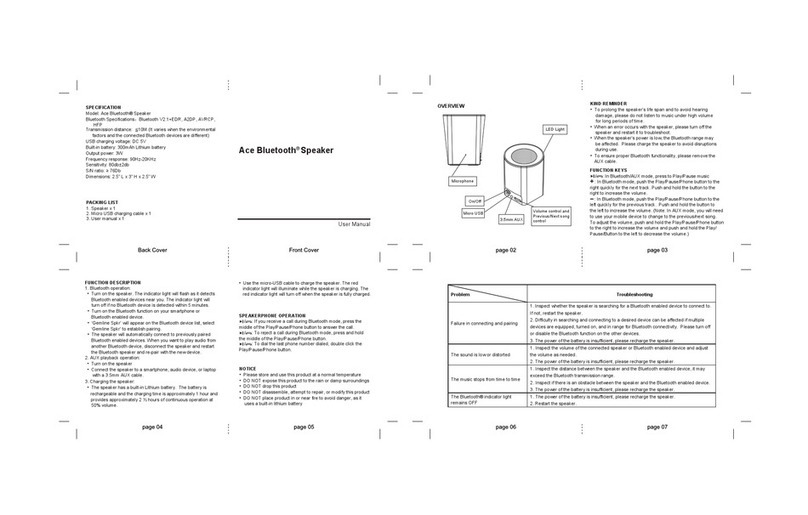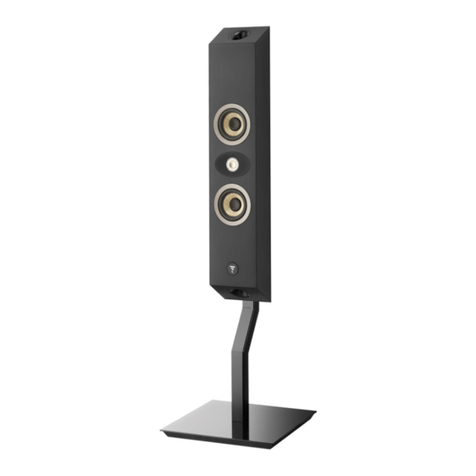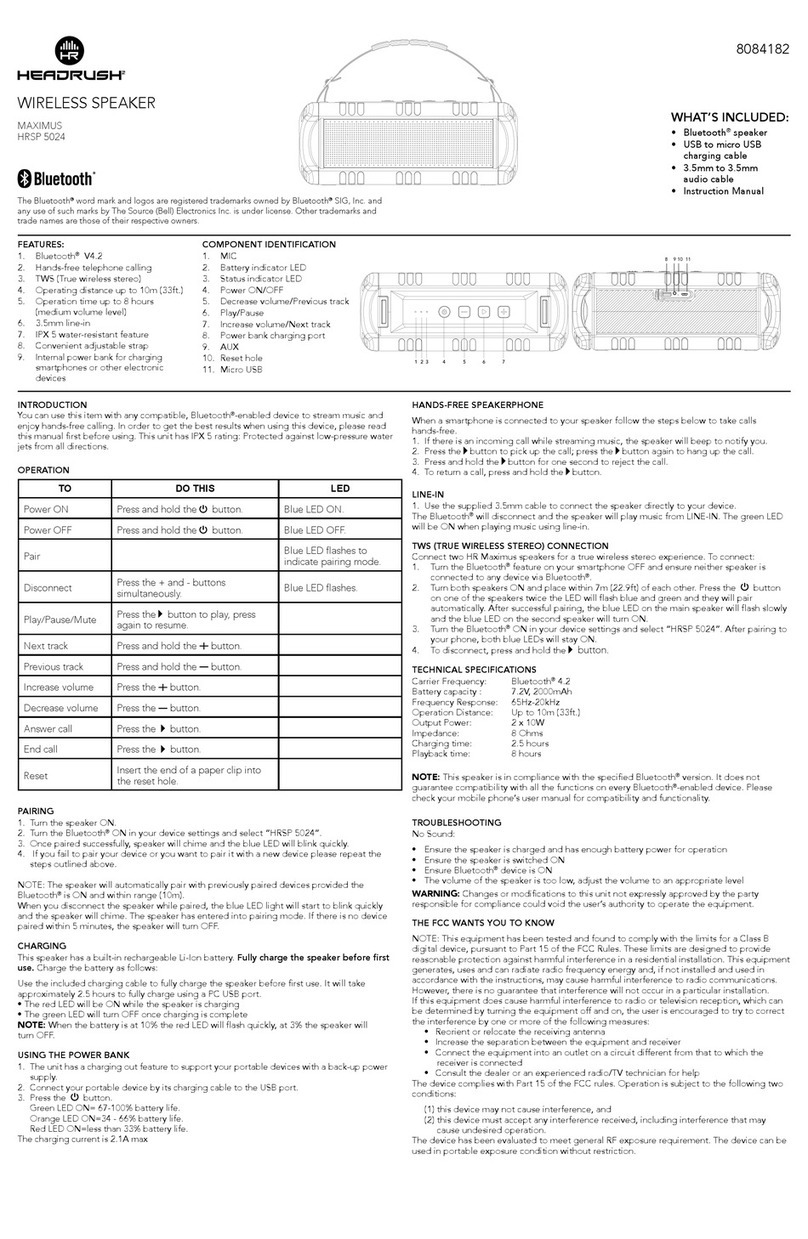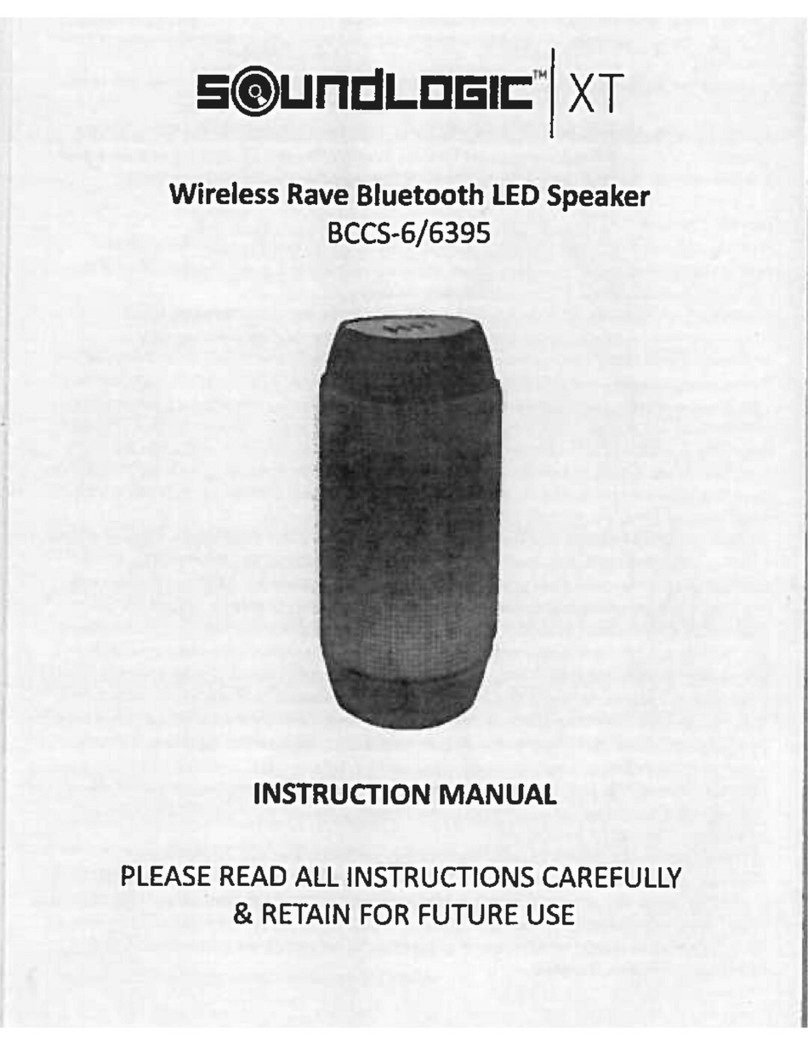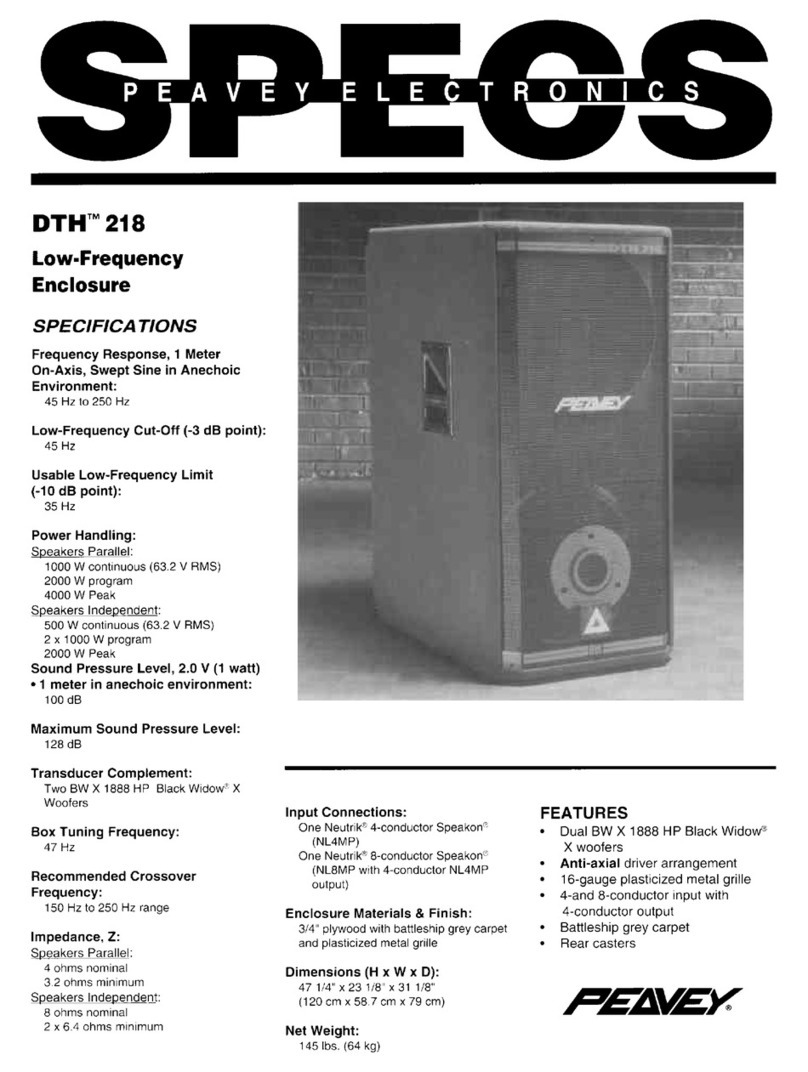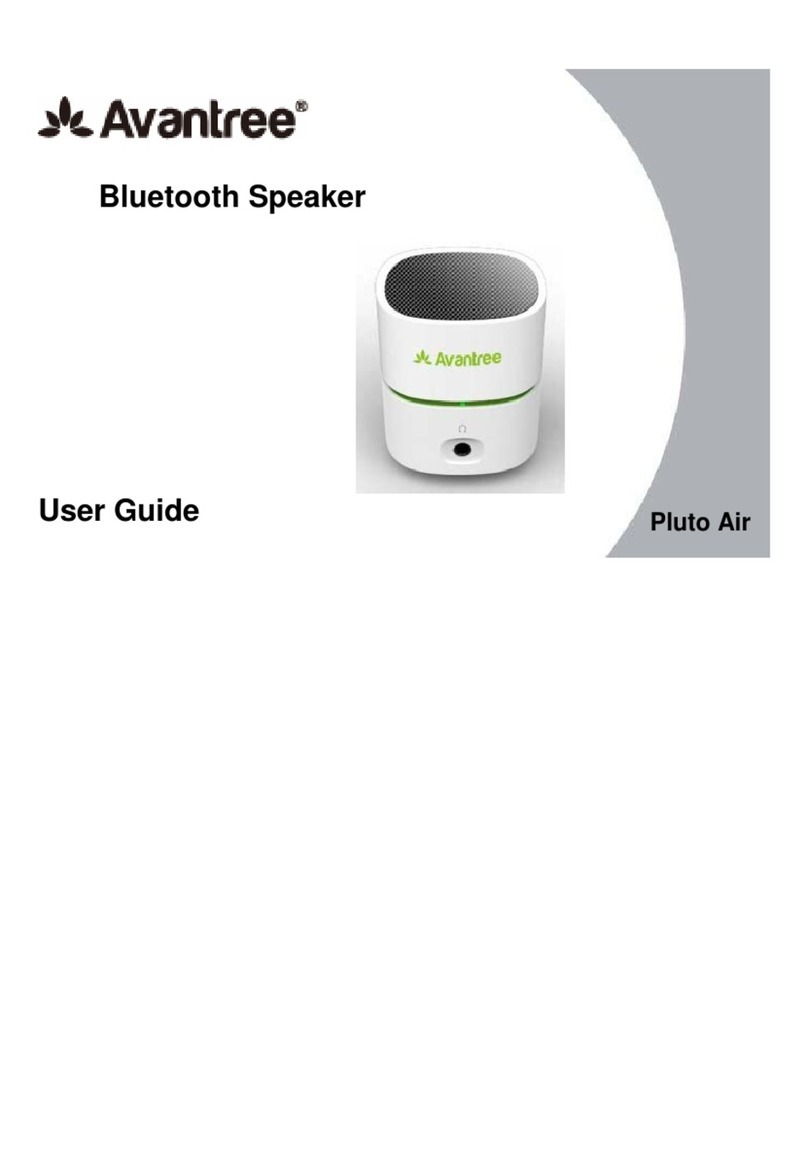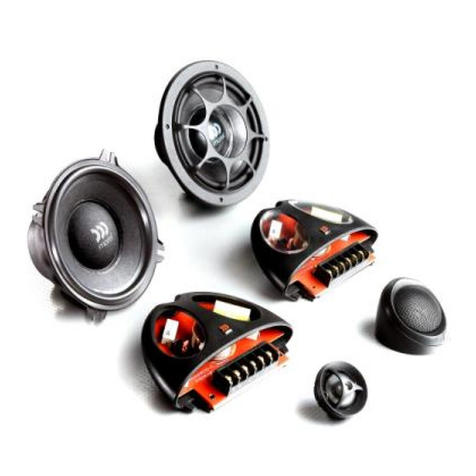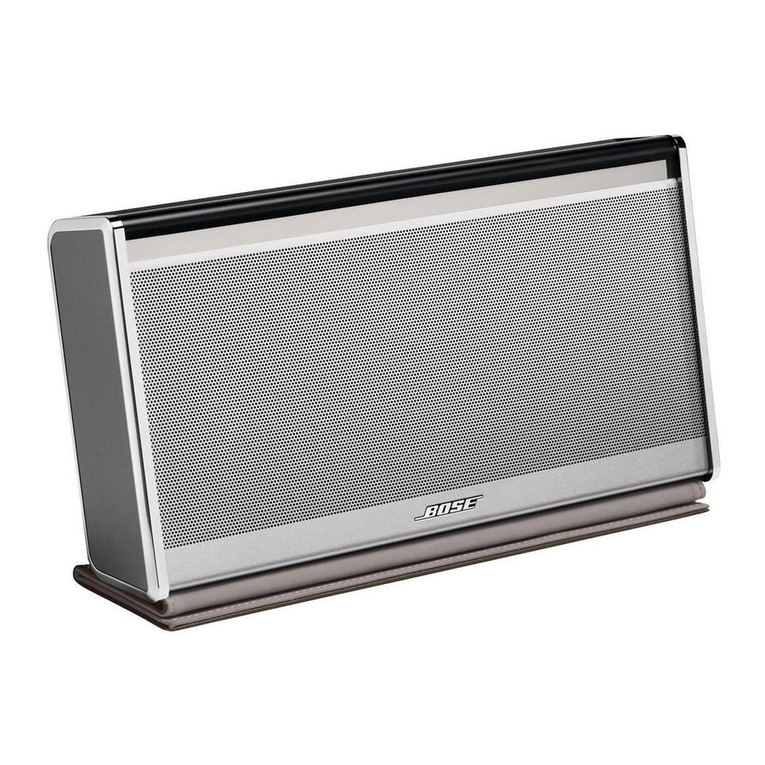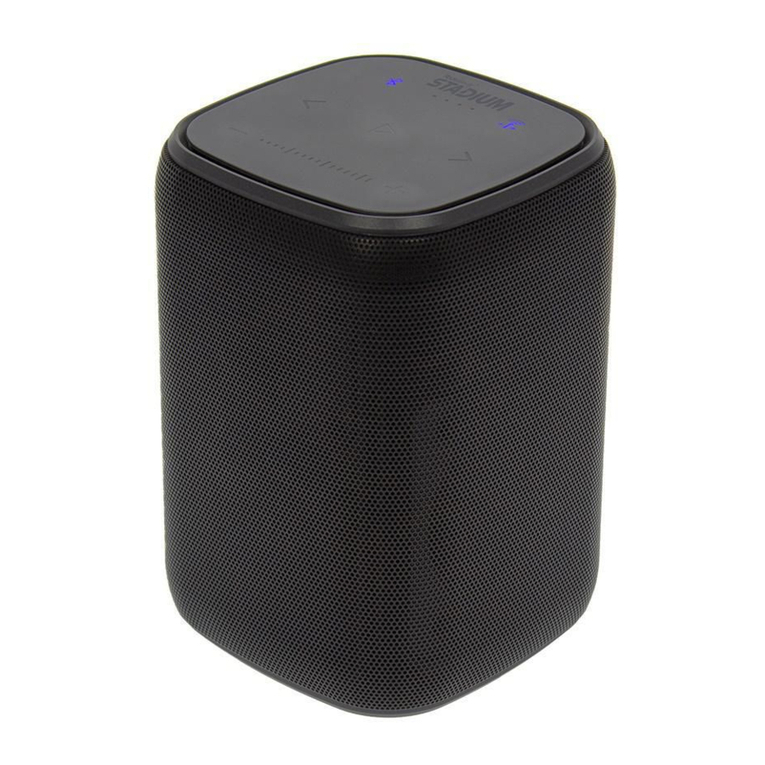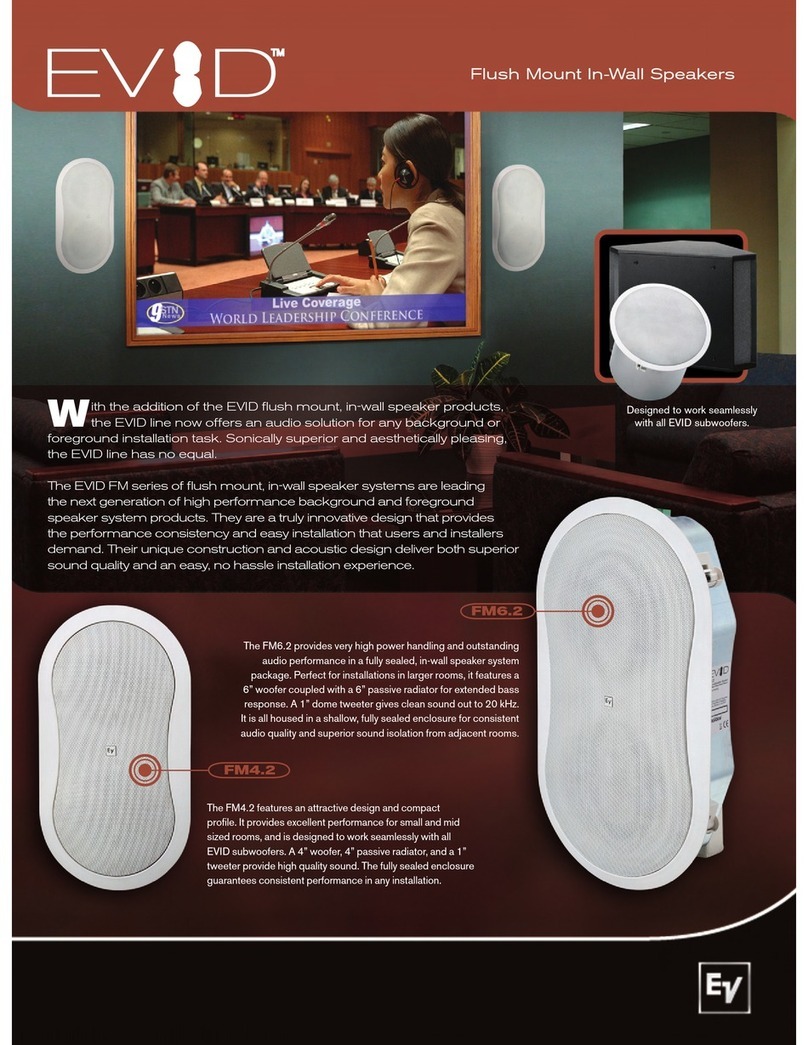
3
IMPORTANT SAFETY INSTRUCTIONS
CAUTION
1. Read these instructions.
2. Keep these instructions.
3. Heed all warnings.
4. Follow all instructions.
5. Do not use this apparatus near water.
6. Clean only with dry cloth.
7. Do not block any ventilation openings. Install in accordance with the manufacturer’s instructions.
8. Donotinstallnearanyheatsourcessuchasradiators,heatregisters,stoves,orotherapparatus(includingampliers)
that produce heat.
9. Do not defeat the safety purpose of the polarized or grounding-type plug. A polarized plug has two blades with one
wider than the other. A grounding type plug has two blades and a third grounding prong. The wide blade or the third
prongareprovidedforyoursafety.Iftheprovidedplugdoesnottintoyouroutlet,consultanelectricianfor
replacement of the obsolete outlet.
10. Protect the power cord from being walked on or pinched particularly at plugs, convenience receptacles, and the
point where they exit from the apparatus.
11. Onlyuseattachments/accessoriesspeciedbythemanufacturer.
12.
Useonlywiththecart,stand,tripod,bracket,ortablespeciedbythemanufacturer,orsoldwiththe
apparatus. When a cart is used, use caution when moving the cart/apparatus combination to avoid injury
from tip-over.
13. Unplug this apparatus during lightning storms or when unused for long periods of time.
14. Referallservicingtoqualiedservicepersonnel.Servicingisrequiredwhentheapparatushasbeendamagedinany
way, such as power-supply cord or plug is damaged, liquid has been spilled or objects have fallen into the apparatus,
the apparatus has been exposed to rain or moisture, does not operate normally, or has been dropped.
15. Donotexposethisapparatustodrippingorsplashingandensurethatnoobjectslledwithliquids,suchasvases,are
placed on the apparatus.
16. To completely disconnect this apparatus from the AC Mains, disconnect the power supply cord plug from the
AC receptacle.
17. The mains plug of the power supply cord shall remain readily operable.
18. Donotexposebatteriestoexcessiveheatsuchassunshine,reorthelike.
SAFETY PROCEDURES
• EnsurethatyouconnectyourDSPonlytothetypeofpower
supply indicated on the rear panel, and ensure that the power
cord cannot be walked on or otherwise damaged.
• To prevent electric shock, match wide blade of plug to wide slot, fully
insert.
• Ensure that objects or liquids are not allowed to penetrate the enclosure.
For any additional information or service, contact:
AXIOM, 2885 HWY 60 Phone: 1-866-244-8796
DWIGHT ON CANADA
P01 1H0
The lightning flash with arrowhead
symbol within an equilateral triangle, is
intended to alert the user to the presence
of uninsulated “dangerous voltage“ within
the product’s enclosure that may be of
sufficient magnitude to constitute a risk of electric shock
to persons.
The exclamation point within an equilateral
triangle is intended to alert the user to
the presence of important operating and
maintenance(servicing)instructionsinthe
literature accompanying the product.
WARNING : To reduce the risk of fire or electric shock, do
not expose this apparatus to rain or moisture.
